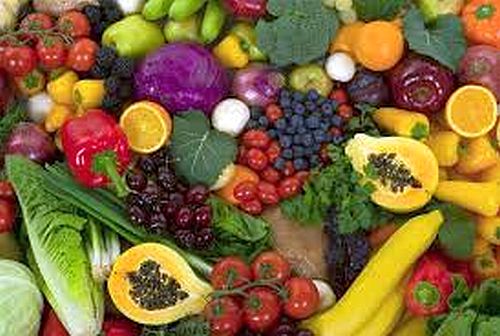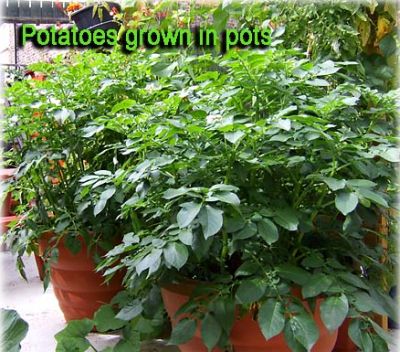Ready Nutrition May 29 2014

There are some foods that absolutely need refrigeration, and some that are better off stored outside of your fridge.
Do not refrigerate (unless cut):
Potatoes: Refrigeration makes the starches in potatoes turn to sugar – which is not a good thing, as it changes the flavor and makes the skin darken.
Onions: Separate them from the potatoes (they don’t play well together – potatoes can make onions rot) and store them where there is plenty of air circulation (no sealed bags or containers)
Garlic: Like onions, they prefer air circulation.
Tomatoes: Store them on the counter – they will turn mealy and dull in the refrigerator.
Avocado: Store on the counter until they are ripe.
Melon: Leave them on your counter to ripen and sweeten properly. The antioxidants in watermelon, cantaloupe, and honeydew prefer room temperature.
Stone fruits: Place peaches, apricots, nectarines, plums, cherries, and similar fruits on the counter, stem side down, to ripen. Once they start to get soft, move them to the refrigerator.
Papaya: These will not ripen in the refrigerator – keep them on the counter, and turn them occasionally so they ripen evenly. Once the skin turns yellow-orange and the fruit starts to soften, move them to the fridge.
Peppers: Store on the counter.
Store these fruits at room temperature until ripe: Guava, kiwi, apricots, mangoes, nectarines, passion fruit, pears, persimmons, and starfruit
Always refrigerate these foods:
Berries: All fresh berries are highly perishable and should be stored in the refrigerator in a container that allows air to circulate. Don’t wash berries until you are ready to use them – moisture will decrease their shelf life.
Grapes: Store in the refrigerator in a perforated bag, and don’t wash them until you are ready to use or eat them.
Pineapple: Despite its tough exterior, pineapples are quite delicate and bruise easily. If left on the counter more than a day or two, they will begin to ferment, and the acidity will increase. Refrigerate the whole pineapple in a perforated plastic bag until you are ready to cut it. After cutting, store in the fridge in an air-tight container.
Figs: Refrigerate in a plastic bag.
These items can go be stored either in the refrigerator or at room temperature – it is a matter of your preference:
- Apples
- Clementines
- Grapefruit
- Kumquats
- Lemons
- Limes
- Oranges
- Pomegranates
- and Tangerines
Sources:

 Widely available, cheap, and in some form usually eaten by even the most picky eaters, potatoes are a staple in most households. As well as coming in many varieties, with subtle colour and flavour differences, they have the added benefit of being very filling, something that will be very useful if/when food supplies are restricted. Potatoes are easy to grow, even a large tub on a patio will produce a useful crop.
Widely available, cheap, and in some form usually eaten by even the most picky eaters, potatoes are a staple in most households. As well as coming in many varieties, with subtle colour and flavour differences, they have the added benefit of being very filling, something that will be very useful if/when food supplies are restricted. Potatoes are easy to grow, even a large tub on a patio will produce a useful crop.